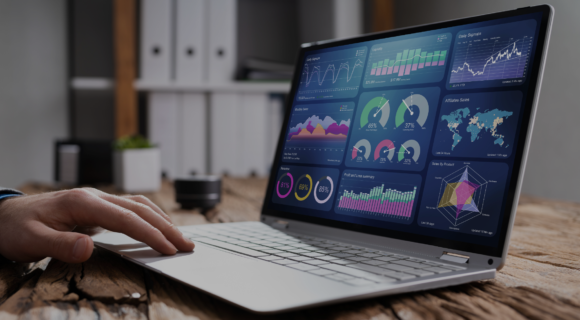As a Chief Sustainability Officer (CSO), you have a big responsibility and a big opportunity. You are in charge of leading your organization’s efforts to reduce its environmental impact and achieve its sustainability goals.
One of the toughest challenges that CSOs face is the lack of collaboration and communication with other departments and stakeholders, such as operations, facilities, finance, IT, etc. These departments and stakeholders may not share your vision or goals or may have conflicting or competing objectives. They may also lack the knowledge, skills, or resources to implement or support your initiatives. They may even resist or oppose your initiatives if they perceive them as a threat or a burden.
How can you overcome this challenge? How can you convince them to join your efforts and support your initiatives? How can you show them that achieving net zero emissions is not only good for the environment, but also good for them?
While these questions might span the entirety of your corporate responsibilities, I am here to present a solution to one particular (and important) area of focus: the emissions created by your real estate and facility portfolio.
Broadly speaking, buildings account for nearly 40% of global energy-related carbon dioxide emissions, so improving their efficiency and reducing their consumption is crucial for reaching net zero emissions, or even just trying to improve your environmental impact within your organization.
But buildings are complex machines with so many inter-connected systems. Let’s face it, your typical CSO is not an expert in how buildings function or the very complex engineering that goes into designing and operating them in an efficient manner.
How can you measure, monitor, and optimize your buildings’ energy performance? How can you identify and resolve the issues that affect your portfolio’s energy performance? How can you communicate and collaborate with other departments and stakeholders who may have different priorities and incentives?
That’s where building analytics comes in. Building analytics is the process of collecting, processing, and analyzing data from your buildings’ systems, sensors, meters, and devices to gain insights into their performance and identify opportunities for improvement. Building analytics can help you reduce your emissions by:
- Providing real-time data and feedback on your buildings’ energy consumption, generation, and emissions
- Detecting faults and anomalies that cause energy waste, inefficiency, or discomfort
- Diagnosing the root causes and impacts of the faults and anomalies
- Recommending actions to resolve the faults and anomalies
- Prioritizing the actions based on their potential savings, costs, and payback periods
- Tracking the implementation and verification of the actions
- Reporting (and celebrating) the results and outcomes of the actions
Building analytics is not just a technical solution that helps you improve your building’s performance and reduce your environmental impact. It is also a strategic solution that helps you foster a culture of collaboration and innovation across your organization. By using building analytics, you can:
- Engage and empower your employees. Building analytics allows you to involve your employees in your sustainability initiatives and give them the tools and information they need to make better decisions and take action. You can also use building analytics to recognize and reward your employees for their contributions and achievements, and to create a sense of ownership and accountability for your sustainability goals.
- Communicate and align with your stakeholders. Building analytics allows you to communicate your sustainability vision and progress to your internal and external stakeholders, such as customers, investors, regulators, partners, etc. You can also use building analytics to align your sustainability goals with your stakeholders’ expectations and interests, and to create value for them through your sustainability efforts.
- Learn and innovate with your peers. Building analytics allows you to learn from your peers in the industry and beyond, and to benchmark your performance against best practices and standards. You can also use building analytics to innovate and experiment with new ideas and solutions, and to share your insights and experiences with others.
By creating a culture of collaboration and innovation around your sustainability goals, you can not only achieve reduced emissions with building analytics, but also enhance your organizational effectiveness, competitiveness, and reputation.
Reach out if you would like to learn more about this topic, and how you might be able to leverage this technology to help you achieve your goals.

